Voting in favour of the controversial Central Link project was one of the most difficult decisions that chairman of the Environment and Resources Authority (ERA) Victor Axiak has had to take throughout his time on the Planning Authority (PA) board, but he insists that it was one taken in the national interest.
Quizzed at length by The Malta Independent on Sunday about his contentious decision to vote in favour of the Central Link project, even though this will see the eradication of 48,000 square metres of agricultural land and of over 500 trees, over half of which protected, Axiak said that the ERA had considered the fact that the current situation would lead to gridlock by 2028 and determined that from an environmental standpoint, this was unacceptable due to the problems it would cause with regard to Malta’s air quality.
He noted that the ERA had also made it clear to the PA board that road widening alone would not solve the island’s air quality and traffic problems.
“There have to be other holistic solutions which show a certain commitment from other authorities. By just widening roads, you cannot solve the air quality problem,” Axiak said.
The ERA chairman was also asked for his opinion on how Malta is treating its environment, whether applications for fuel stations on ODZ land should stop being heard until the new fuel station policy is enacted, and about the db Group’s controversial City Centre project in Pembroke.
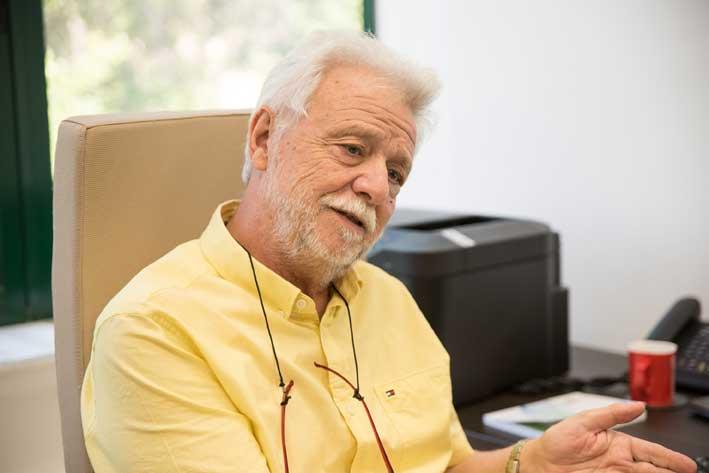
In your opinion, how is Malta treating its environment?
It could do better, and I am not just talking about the authorities or administrative entities. Sometimes we use the environment as a political ball, and this ends up hurting the environment. People are not always aware of the most important environmental issues – they care only about the issues mentioned in the newspapers or by eNGOs, which is obviously very important; but we see things holistically and realise that there are immensely important issues which we need to work on.
Issues such as...?
Waste, for example. Not necessarily illegal dumping, which is wrong, but there are some fundamental issues we are working on and which have to be addressed properly. There are also, for instance, issues to do with contamination of the sea. We do not have too many problems there, but the ones that there are need to be addressed and require a huge commitment. These are just two that come to mind.
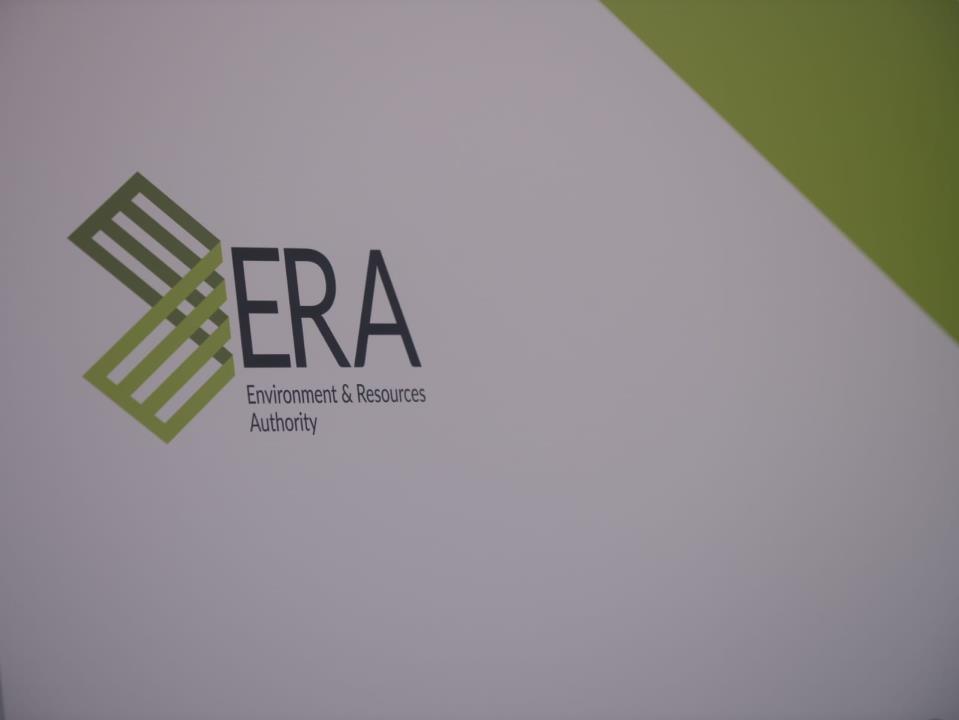
The ERA’s role – and I quote your website – is to “safeguard the environment for a sustainable quality of life.” So how can you justify voting in favour of the Central Link project when it will be taking up 48,000 square metres of agricultural land and uprooting 549 trees – 237 of which are protected?
Firstly, I am not here to justify anything in favour of Infrastructure Malta; that is not my intention as a PA board member and chairman of the ERA.
I can say that in this case we had a pre-assessment procedure which was very good, meaning that from early on Infrastructure Malta came to us before submitting the proposal to the Planning Authority to see what can be done to avoid as many problems as possible. Sometimes it works, sometimes it does not; but in this case it worked in the sense that the original plans were greatly improved on so there will be fewer trees uprooted and less land used. These are things which outsiders do not see as the environmental impact assessment (EIA) starts after we have won as much as we can in the pre-assessment procedure.
The EIA was then carried out and identified a number of problems; what we hear mentioned is the land uptake and the trees, but there are other issues which cannot be mitigated, such as the movement of soil, and the loss of rubble walls. These are all indicated.
But then there is the other side of the coin – the question as to whether we can get by without the project. We assessed the pros and cons after a thorough analysis of what independent consultants told us and the conclusion of the EIA. We have a directorate specifically tasked with assessing these things – they then produce documents which the ERA gives to the PA. These have to be endorsed and approved by the ERA board, which include representatives from eNGOs and the opposition Nationalist Party.
We saw what the negatives were; that would be gridlock by 2028 — something we cannot accept, even from an environmental standpoint, due to the problems it would cause with regard to air quality. We wanted to weigh things from there.
It was one of the most difficult decisions I’ve ever made; but in these situations, you cannot abstain – you need to agree or disagree. The ERA made it clear in its input to the PA board that this cannot be the only solution to solve problems relating to air quality and traffic. There have to be other holistic solutions which show a certain commitment from other authorities. By just widening roads you cannot solve the air quality problem. Let us not forget that the air quality problem is mostly caused by cars, especially traffic, and we cannot tolerate that.
We said this and I am pleased that it was mentioned during the public meeting, where it was agreed that other measures need to be taken in addition to widening roads.
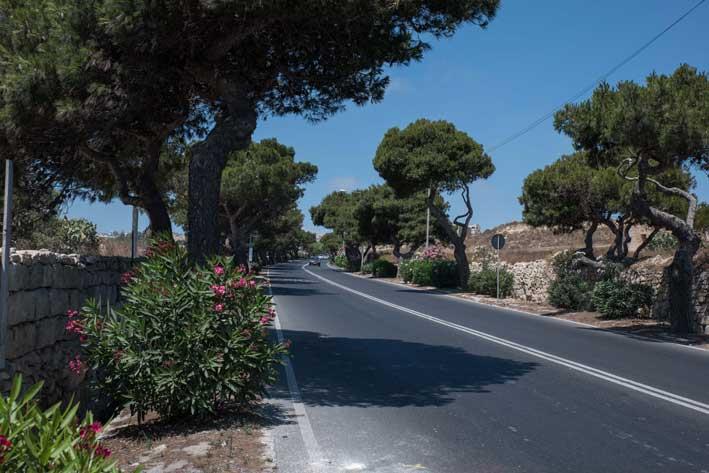
By law, at least one tree must be planted for each uprooted unprotected tree, five or 10 for each protected tree depending on its protection level. This would require around 1,650 trees to be planted as part of the Central Link project. However, the EIA determined that the minimum number of trees that can be planted along the scheme is 766. Why this discrepancy?
When we speak of uprooting of trees, we need to tie it to uptake of land. Unfortunately, one sometimes goes against the other, especially when it comes to widening roads. If you want to save certain trees, you are going to take up more, not less, agricultural land.
For example, if we take Saqqajja Road – and, again, I am not here to justify any project, but these are facts – if you want to keep the two rows of trees where they are and add a new carriage way on one side as some suggested, that would involve an enormous uptake of agricultural land – much more than now. In other words, one needs to find a balance.
Trees are extremely important and if there is anyone who appreciates this, it is me, as I have been harping on about protecting them on the PA board since 2013. The uptake of land, however, is also important and if agricultural land is lost, then it can never be won back. Trees are immensely important, and I do not want to negate any of that importance, and they are either transplanted where possible, or there are others planted as compensation, ideally within the site. The site is what it is though, so it is a question of either taking up more agricultural land to fit all the 1,600 trees there, or accepting that some of the compensatory trees will have to be planted elsewhere. We also know that transplanting trees can be difficult and we oblige the applicant to maintain those trees for three to five years under our inspection – and we do carry out the inspections; they are not just on paper.
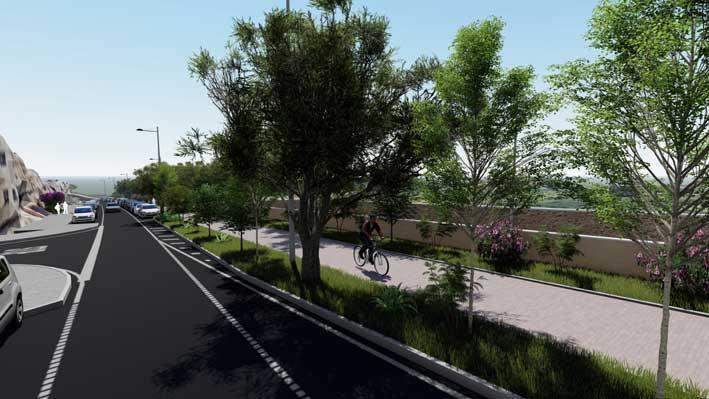
One of the main arguments we have heard against the project is that half of the trees are protected, with many questioning whether this is really the case. What is the point of such protection when development can take place anyway?
When they are protected it means that we will care more about them. In development, there is what is called a nature permit; when a planning application is approved, work starts at the ERA. Infrastructure Malta now needs to apply for a nature permit which sets out how the trees will be treated.
For example, it seems that the number of trees which will be uprooted is going to be less than what was initially noted in the EIA. That will be indicated in the nature permit, and that is what counts and what has to be followed. We are responsible for seeing that the nature permit is followed to the letter.
When there are protected trees involved, it does not necessarily mean that they cannot be moved; but there are higher penalties if instructions aren’t followed – there is more attention and focus on them.
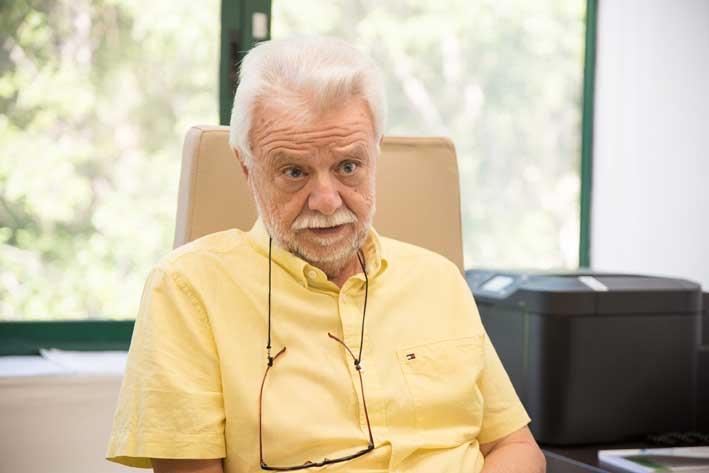
On Thursday, a petrol station in Attard – very close to where the Central Link project will be – was rejected by the PA, and the ERA published a statement saying that it welcomed the PA board’s decision not to approve the application in view of the potential loss of good quality agricultural land and protected trees in order to accommodate a commercial enterprise. The Central Link project is not a commercial enterprise, of course, yet the statement continues, “The ERA was adamant that the proposed development is objectionable in principle, as it would contribute to urban sprawl at the expense of farmland and mature indigenous trees.” What happened to those principles?
As I have already said, this was one of the most difficult decisions I have had to make. It was neither the ERA’s pleasure nor my own as the person on the hot seat to sacrifice these things. The land and trees have to be sacrificed for the common good because we know that there are huge problems in that area and something has to be done. The important thing remains that this is not the only thing done; other initiatives must follow.
When you see a project like this, you must be ready to say, for instance, that ODZ and agricultural land can be used for a good reason; but not for a petrol station! Even though the amount of land is much less than originally planned, we need to protect the little we have. I am on record as being against every petrol station or project involving ODZ land where there was justification.
If I may make another point as well; I was also criticised for not speaking during the hearing. But when I spoke, it was like the world came to an end, and when I did not, it was like it came to an end anyway, so you cannot please everyone.
The fact that we lost that much land for a national project means that we need to be more vigilant and sensitive – not just as the ERA, but the whole PA board – when considering future applications which include ODZ loss.
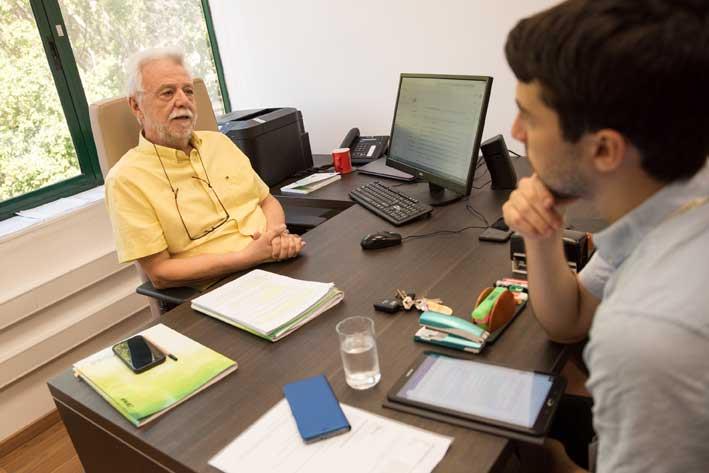
Activists and now even the PN are calling for your resignation following your vote in favour of the project. Will you be resigning?
I was nominated and appointed as chairman of the ERA by the environment minister, as the law states. When the minister sees fit to ask for my resignation – I will hand it in. This post does not bring you glory or monetary compensation. So as soon as he tells me that I am not needed anymore, I do not need to stay there.
Applicants are almost rushing to get their applications for fuel stations in before the new policy is enacted; just yesterday we saw one such application in Attard (which was rejected) and we know of various other fuel stations proposed for ODZ land. Should the PA stop hearing these applications until the new policy is enacted?
Personally, yes we should. But from a legal standpoint it does not seem to make sense. If we do that, it seems that we would be exposed to litigation as we have to follow the existing regulations, which is what Environment Minister Herrera has always said. It is not what I want that counts. Although, to be fair, if you see the pattern of petrol station refusals, you can reach some conclusions from there.
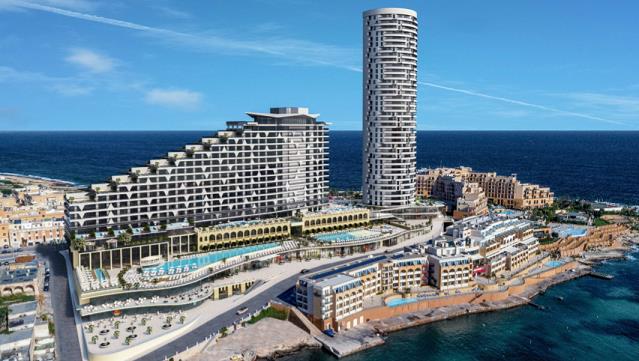
The PA recently decided to approve an application to turn a 31-square-metre dilapidated rubble room in Qala into a 200-square-metre, despite the ERA’s objection to it. A process to reform the PA’s Rural Policy and Design Guidelines is supposedly underway, but has been so for a long time. Is this process taking too long, to the ultimate detriment of the Maltese countryside?
I think that I am one of the PA board members who criticised this ODZ policy the most. I think it should have been fixed long ago. The intention of that policy was good; it was to allow ODZ use in exceptional circumstances and to allow people who already have fields – especially farmers – a breather; but in the end that is not how it worked.
You also controversially voted in favour of the db project in Pembroke, the permit for which has since been revoked. When it returns before the PA board, will you still vote in favour of the project?
The courts said that expressing ourselves on how we intend to vote creates a conflict of interest, so naturally I cannot answer.
Does the ERA have sufficient resources to properly carry out its role as environmental watchdog?
Obviously not! We always need more but we are doing our best and unjust criticism is not helpful.
Are you satisfied with the work being done in terms of inspections and such?
Yes, more satisfied than I was last year. We have a directorate which is working on compliance and enforcement; they marvel me with how they work and keep up with certain inspections. Is it enough? Definitely not – how can it ever be enough? We started with 80 members of staff and now in two years or so we number over 200. It’s not just about assuming that these are new people though; they need to be trained to fully understand the situation; but they are all people with whom we have a future.